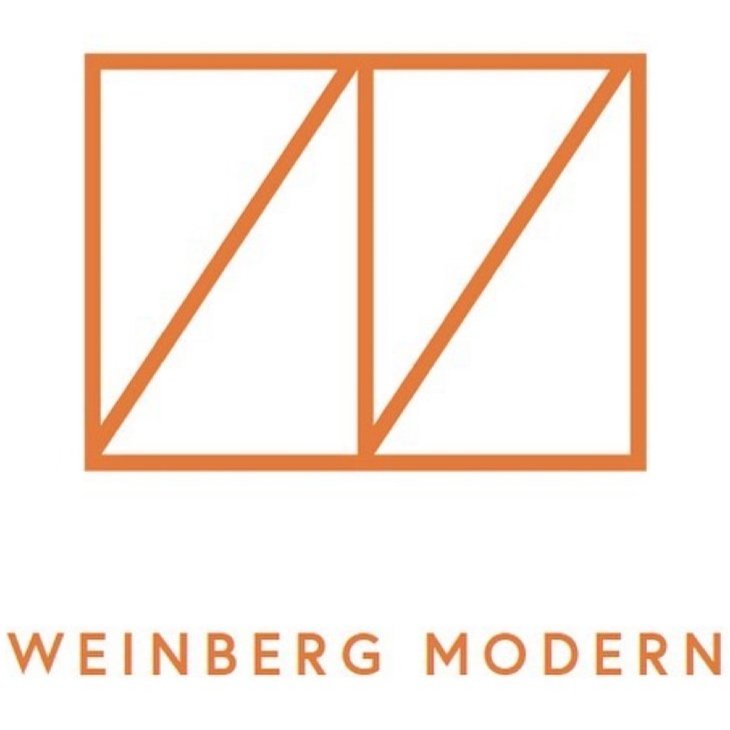Originally posted March 19, 2009 on interiordesign.net

Once upon a time, never mind how long ago, a young boy visited a great World’s Fair. It was a signal moment in the boy’s life, and he was fortunate to return several more times before it closed. Being a young boy, much was new to him, but in his estimation nothing could match the fair for sheer wonderment and delight. The fair was a vast smorgasbord of sensory stimulation: visual, aural, gustatory, and tactile. Everywhere he went there were things to see and do. There were buttons to push and rides to ride; there were exotic smells and new things to eat.

The fair seemed to the boy to be in constant motion, what with the monorails and jitneys, flume rides and moving walkways, and the constant throng of bustling visitors. He rode up and down and around, he soared to dizzying heights, and he traveled in time and space. The boy enjoyed visiting the past, but the entire fair drew him inexorably toward a future that appeared bright and bursting with possibility. The boy sensed a heady synchronicity in this as his entire life was ahead of him, and he wondered if others felt the same way.



The boy reveled in the details of the fair, and they burned into his memory. The Kodak Pavilion, with its picture carousel, the Ford Pavilion, with its car ride through time, the phone booths, the line to get onto the monorail, the costumes and customs of different countries, the tacos and Belgian waffles, the Pieta, the dolphins and flamingos, the dancers and mariachi, the map of New York state you walked across, Snow White and Sneezy, and the Disney ride that supplied the soundtrack that ran continually through the boy’s head—"It’s a world of laughter a world of tears, it’s a world of hope and a world of fears…"


And, of course, there was Dinoland. Truth be told, if the boy had his way, he’d have spent all his time with the dinosaurs, as long as someone brought him a Belgian waffle every now and then. Towering over the Fair, visible from the highway, were full-sized replicas of all his favorites—tyrannosaurus, brontosaurus, allosaurus, stegosaurus, triceratops. He could name them all, and recite their vital statistics and food preferences. Dinosaurs were the boy’s passion, and he felt himself lucky indeed to be walking amongst them.
Looking back years later, never mind how many, the boy--now a man--still marvels at the sheer wonderment of it all. It was so exotic and exciting, so stylish, beautiful, and magical. There were so many new things to see, an ever-changing kaleidoscope of shapes and colors. The boy knew little of art and even less of architecture, but he absorbed and felt and learned. He took it all in, and it took him in, and the visual imprint remained dormant in him for years until such time as he was ready to see things that way again. The man now has nephews who play marvelous video games undreamt of when he was young, but to be six years old at the fair--he would not trade that for the world.

Images from top: Dino the Dinosaur overlooking fair grounds; Austrian pavilion as mise-en-scene; Upward look at elevator of New York State Pavilion; Glass dome of New York State Pavilion; Yellow and white close-up with fountain; Interior shot of the Ford Pavilion; View of Swiss Sky Ride; Larry Weinberg as a small child with dinosaur. All images by Richard Weinberg.

























